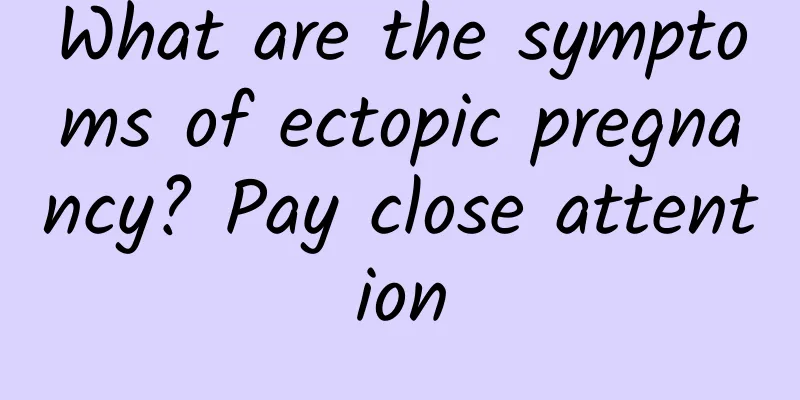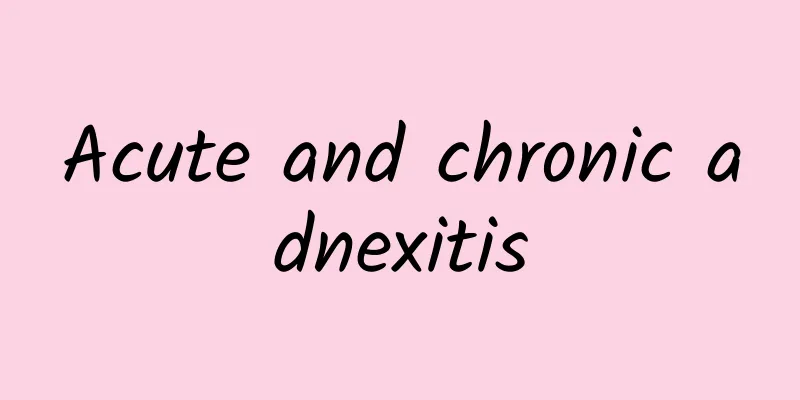Is ovarian cyst a serious disease?

|
Whether ovarian cysts are serious depends mainly on their nature, size and accompanying symptoms. In general, ovarian cysts are not serious in most cases, but their potential risks cannot be ignored. Ovarian cysts can be divided into many types, including physiological cysts and pathological cysts. Physiological cysts are mostly caused by fluctuations in hormone levels secreted by the ovaries, and are common in the second half of menstruation. Most of them are harmless and will disappear on their own after 2-3 cycles with the end of menstruation, so no special treatment is required. This type of cyst is generally considered not serious. Pathological cysts such as ovarian endometriosis cysts, ovarian inflammatory tumors, and ovarian epithelial tumors may be accompanied by serious consequences such as dysmenorrhea, menstrual disorders, infertility, and may even become ovarian cancer. This type of cyst needs to be given enough attention and actively followed up, observed and treated. The size of an ovarian cyst is also an important factor in determining its severity. Generally speaking, most cysts smaller than 5 cm are benign and are not prone to acute complications such as pedicle torsion, so they are relatively mild. Cysts larger than 5 cm may cause acute complications such as pedicle torsion and rupture, leading to serious symptoms such as acute lower abdominal pain, and require timely surgical treatment. The symptoms of ovarian cysts vary from individual to individual, but some typical symptoms such as lower abdominal discomfort, menstrual disorders, abdominal masses, compression symptoms, vaginal bleeding, and severe abdominal pain may indicate the presence and severity of ovarian cysts. Especially when ovarian cysts cause acute complications, such as pedicle torsion causing acute lower abdominal pain, or malignant ovarian cysts causing persistent vaginal bleeding and pain, these symptoms indicate that ovarian cysts have posed a serious threat to women's health. The size of an ovarian cyst is also an important factor in determining its severity. Generally speaking, most cysts smaller than 5 cm are benign and are not prone to acute complications such as pedicle torsion, so they are relatively mild. Cysts larger than 5 cm may cause acute complications such as pedicle torsion and rupture, leading to serious symptoms such as acute lower abdominal pain, and require timely surgical treatment. The symptoms of ovarian cysts vary from individual to individual, but some typical symptoms such as lower abdominal discomfort, menstrual disorders, abdominal masses, compression symptoms, vaginal bleeding, and severe abdominal pain may indicate the presence and severity of ovarian cysts. Especially when ovarian cysts cause acute complications, such as pedicle torsion causing acute lower abdominal pain, or malignant ovarian cysts causing persistent vaginal bleeding and pain, these symptoms indicate that ovarian cysts have posed a serious threat to women's health. The severity of ovarian cysts varies depending on their nature, size and associated symptoms. Although most ovarian cysts are benign and do not require special treatment, their potential risks cannot be ignored. After discovering an ovarian cyst, you should seek medical attention for differential diagnosis and evaluation in a timely manner, and take appropriate treatment measures according to the doctor's advice. For ovarian cysts that require treatment, follow-up observation and treatment should be actively carried out to avoid worsening of the disease and the occurrence of complications. |
<<: What is the difference between Qing Palace and abortion?
>>: How to perform abortion surgery at three months
Recommend
What medicine can quickly remove uterine fluid?
If women do not pay attention to personal hygiene...
How do patients with chronic diseases choose rice dumplings? The secret to eating zongzi healthily without gaining weight
When it comes to the Dragon Boat Festival, what c...
How long does it take to get your period after an abortion? What are the reasons for not getting your period after an abortion?
Abortion is indeed very harmful to women's bo...
Treatment of cervicitis bleeding during pregnancy
Treatment of cervicitis bleeding during pregnancy...
What happens if white spots appear in the vagina? How to take care of it?
Vaginal white spots are an obvious medical reacti...
How harmful is cervical erosion?
Cervical erosion seriously endangers women's ...
Can I get pregnant with pelvic inflammatory disease?
Can you get pregnant with pelvic inflammatory dis...
Do you know how to treat ovarian cysts?
What are the treatments for ovarian cysts? Do you...
What is Bartholin's gland cyst?
Bartholin's gland cysts can be relieved by me...
What should you pay attention to after a miscarriage? Pay attention to these 8 points
According to relevant data, the number of abortio...
Introduction: Dietary considerations after cervical erosion surgery
In daily life, if female friends do not pay enoug...
Does pelvic inflammatory disease affect pregnancy?
Does pelvic inflammatory disease affect pregnancy...
What are the symptoms of menopause?
Menopause is a common gynecological disease. Expe...
What causes bleeding in stool before menstruation?
What causes bleeding in stool before menstruation...
How much does ectopic pregnancy surgery cost?
What factors are related to the cost of ectopic p...









